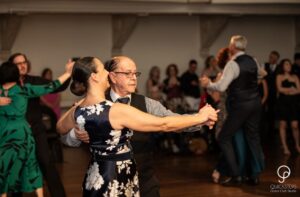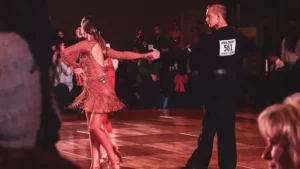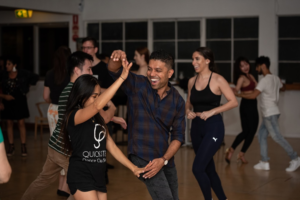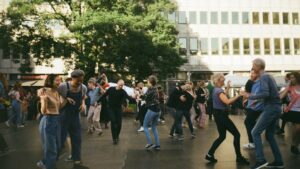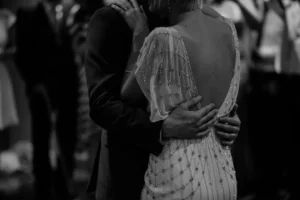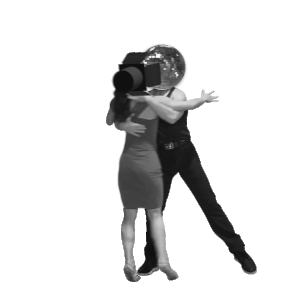Social media, zoom, and work-from-home setups mean that for the average Adelaidian, relationships are made and developed online. You could have a riveting conversation with friends across the world or your roommate on the other side of the couch at the same time. While that’s all well and good, sometimes you have to take a step back from the net and enjoy things IRL.
If you are looking to meet new people or bond with old friends, consider social dancing. It’s a great way to participate in something fun while enjoying organic conversations that wouldn’t exist online.
Never heard of social dance? We here at QuickSteps Adelaide prepared a guide that will walk you through the history and benefits of social dance. Let’s dive right in!
What is social dancing?
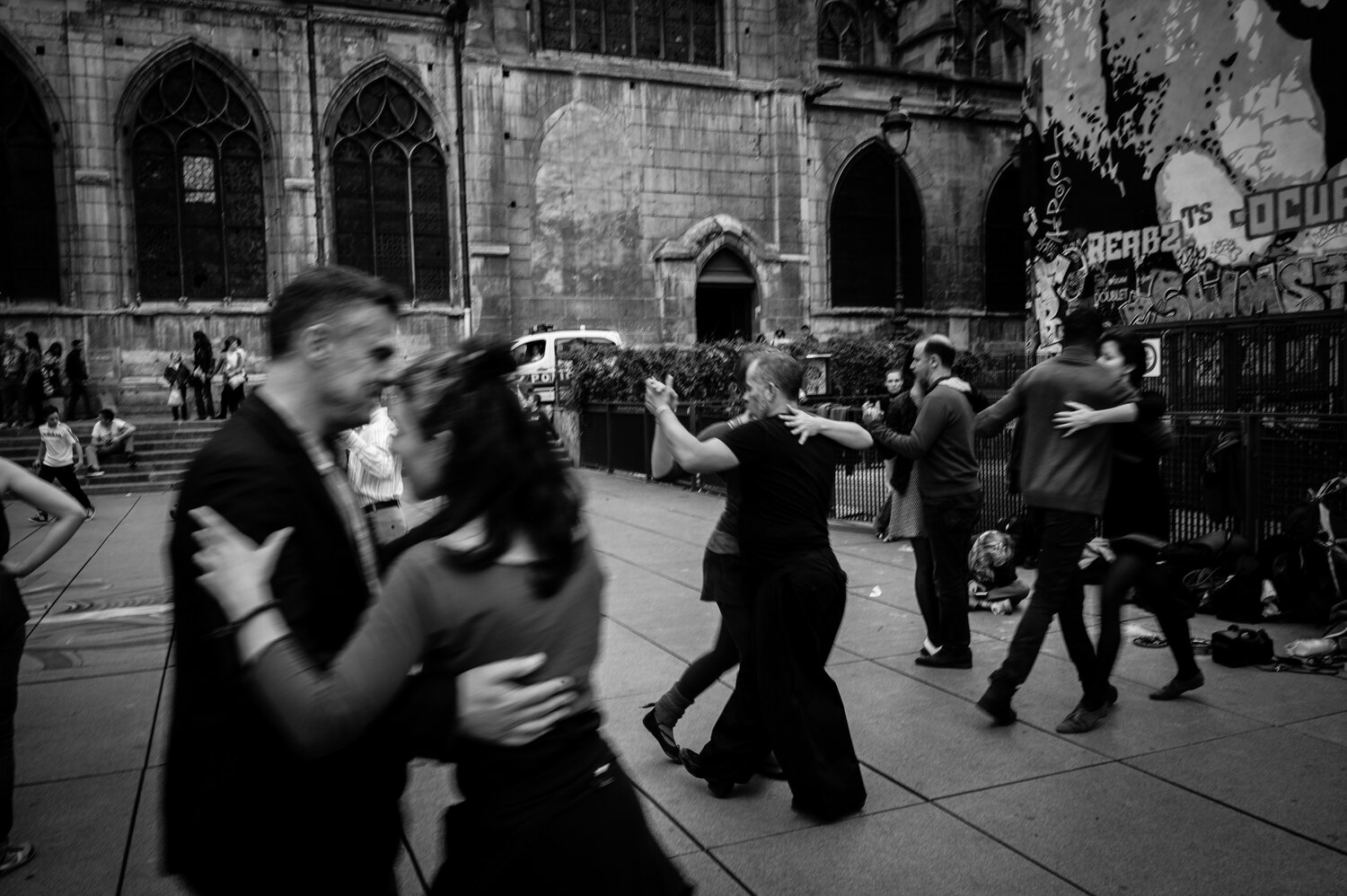
Social dancing, also known as American social, is an activity meant for communities to come together and have fun. It’s usually a non-competitive version of ballroom and Latin dances, but it definitely extends beyond it. You could have swing, country step and a bunch of other dance styles as well.
Some of the defining characteristics include the following:
- Settings like wedding receptions, anniversaries, nightclubs, business and charity functions, etc. Social ballroom dancing is particularly popular here.
- Relaxed/ informal dance moves
- Modern music
Generally speaking, social dances were originally organised as a way to raise funds or network amongst peers. Dancing was just one part of a more elaborate get-together. Nowadays, dancing communities host social dances as a way to enjoy the dance itself. There are specialist clubs or themed nights that allow the community to waltz, salsa, or swing to your heart’s content.
Read More: Unlock the Secrets to Club Dancing Success! Learn How to Dance in a Nightclub Now | QuickSteps
What’s the difference between social and international dance?
The Ballroom and Latin dance industry has two specific styles of partner dance: social and international. At its core, they include the same dance styles. Social and international ballroom would have waltz, foxtrot, tango, and quickstep, and social and international Latin dancing would have the cha cha, rumba, and samba. They may also feature the same music from time to time. However, that’s where the similarities end.
The international style focuses on technical excellence performed in front of experienced dancers. Most do this with the goal of joining competitions. The movements are sharp and flashy, and the fashion doesn’t fall too far behind. If you love glitz and glamour, this style is for you.
But beware! International dance requires a lot of training. So get ready to work hard towards your dance goals!
Here’s an example of a Latin final.
In contrast, social dance is a lot more relaxed. You don’t have to grab the attention of judges on the sideline. So you could come as you are and have a great time!
There are plenty of social dance studios that teach beginners how to do the basics like leading and following, proper posture and frame, and different holds. The most challenging aspect is being able to multitask between navigating the room and holding a conversation.
As for the actual dance styles themselves, there are subtle differences in the way they are danced between social and International. For example, when you dance the cha-cha in the international style, you break on the 2nd count with a forward and back motion. However, with social, it breaks on 1 with a side motion.
Since most countries and cultures have their own version of social dance, many studios are expanding their syllabus to incorporate new styles. East Coast and West Coast swing, salsa, bachata, merengue, kizomba, and zouk have made their way to dance studios across Adelaide and the rest of the world.
Read More: Upcoming Ballroom, Latin, and Swing Dance Events in Adelaide
A brief history of social dancing
Dancing, like most art, has been around for centuries, and almost every country and culture have their version of social dance. It’s used to celebrate and commemorate significant events. While things might have started out formal, over time, the traditions trickled down to the masses and became enjoyed during public functions and intimate parties.
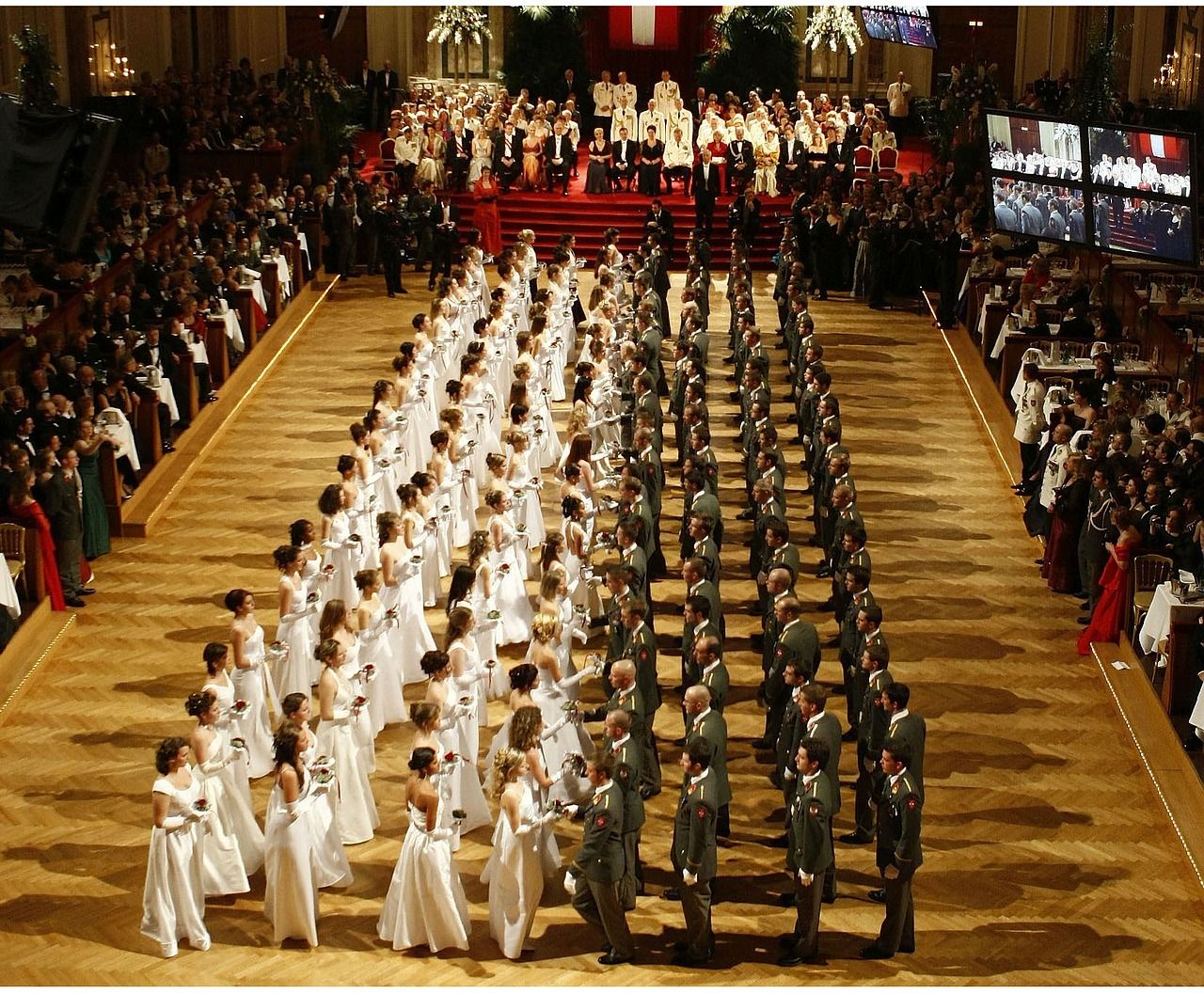
If you were to follow Western tradition, one of the earliest forms of social dance was the waltz in the 17th century. Early courtly dances were much like the international style. They were formal and meant to be a dignified exhibition. However, the Viennese waltz encouraged everybody to dance. The massive group was a lot less restrictive and was considered “indecent” in its time.
In the 18th century, things relaxed furthermore. The rise of English colonies with the U.S. and Australia meant that dances were farther from the court than ever. They became a way to socialise and flirt. A common characteristic was swapping dance partners. Square dances and line dances became popular since the steps were easy to pick up.
These dances persisted until the end of the 19th century and the beginning of the 20th. They started pairing classical dances with new music courtesy of the Latin and African diaspora. Social dance expanded from the waltz and the two-step to include the salsa and swing from the 1920s, rumba from the 1930s, and cha-cha and samba in the 1950s.
Nowadays, you’d still find social dance going strong with hip-hop, disco, and more.
Types of social dances
Here are the different types of social dance that you can try today:
Foxtrot
Foxtrot is a ballroom dance known for its long, flowing movements. It’s very similar to the waltz but in 4/4 time. Typically danced to big band music.
Rumba
Rumba or Rhumba originated in Cuba. At first, this was used to describe the music that played at parties, but over time the name transferred to the type of Afro-Cuban folk dance that accompanied the music. It is danced to a 4/4 count and is known for having a stable torso with plenty of hip movements.
Cha Cha
Also known as cha-cha-cha is another Cuban dance. It got its name from the sound of the quick footwork required for the dance. It has a 4/4 time signature and a very lively pace.
Salsa
Salsa originated from the Latin community living in the U.S. And just like the mishmash of cultures in the area, salsa is a combination of different dances like the mambo, pachanga, rumba, swing, and tap. This was originally a street dance that people did to match the music that eventually became standardised. One of the defining features of salsa is that while it is a partnered dance, each dancer can break away and do a mini solo featuring their moves.
Swing
Swing dance is a group of social dances that originated from the African American community. If rumba and salsa came from Latin music, swing came from jazz. There are several versions that are still popular today, like the Lindy Hop, Balboa, Charleston, East Coast and West Coast swing. It follows an 8-count rhythm that encourages you to add your own steps and improvise.
There are plenty of other dance styles you could learn. If you want to break into the world of social dance, book a class with Quicksteps today!
Benefits of social dance
A recurring theme in social dance is breaking the rules and finding enjoyment within your community. A decent amount of social dances developed from the diaspora and could be seen as a way to connect to a culture that may feel far away.
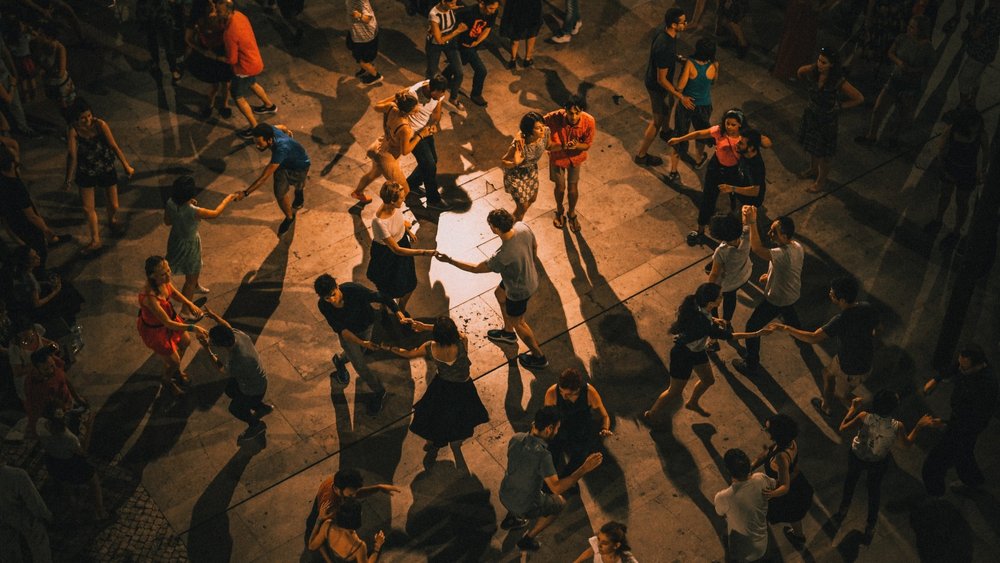
If the beauty of the dance itself isn’t enough to excite you, here are some of the other reasons why you should put on your dancing shoes:
- Exercise – Dancing allows you to work up a sweat without you noticing it. If you want to commit to light exercise, try participating in social dances once a week.
- Great music – Social dances have some of the most lively music that is sure to make you move. If you are a fan of jazz, Latin, or orchestra music, this is the place to be.
- Community – Social dance clubs have some of the most tight-knit communities. You can easily meet people you likely won’t encounter anywhere else!
- Couple bonding – While partner-swapping is popular, you could join as a couple. The leader and follower dynamic pushes you to improve your communication and intimacy.
- New skill – Social dancing is a skill in its own right. For new dancers, the steps and choreography are easy to learn. And if you are an experienced dancer, you get to let your hair down and break away from the more rigid rules taught in international dance.
- Fun – And in general, it’s just fun! On the dance floor, you can enter a flow state that both relaxes and rejuvenates. It’s perfect for those who are tired of sitting behind a desk.
So what are you waiting for? Adelaide has plenty of great clubs that allow you to try partner dancing for the first time.
Don’t know where to go?
Quicksteps has themed nights that allow you to enjoy being amongst dancers of different levels and specialties. And if you’ve never danced before, it is never too late to learn. You can join group classes to sample dancing with other people or book private lessons so you can learn at your own pace. Try Quicksteps’ free lesson today!


